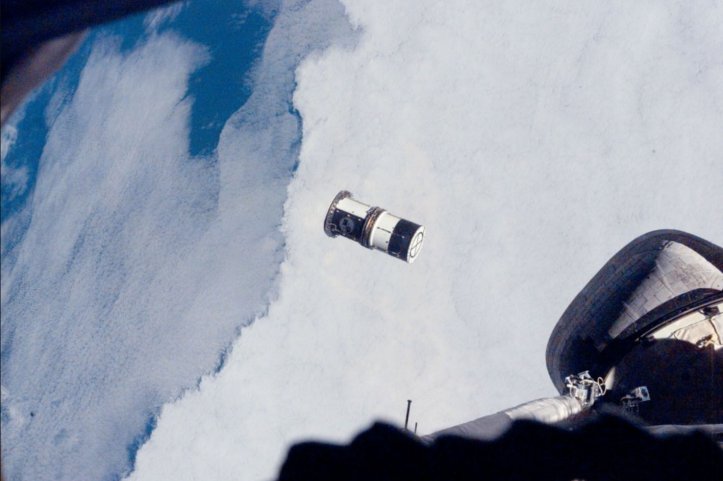The US Department of Defense’s Space Development Agency (SDA) has selected L3Harris and Space Exploration Technologies Corp., also known as SpaceX, to receive a pair of multimillion dollar development deals to construct low Earth orbit satellites that will form the critical element for the agency’s new, low Earth orbit (LEO) communications and networking programme.
L3Harris won the slightly larger of the two contracts, which totalled USD342.7 million, to develop the Tranche 0 variants of the LEO satellites that will make up the Tracking Layer of the SDA’s National Defense Space Architecture (NDSA) programme. SpaceX netted USD149.1 million under its portion of the SDA development deal, with both companies being tasked to produce “on-time delivery of space vehicles and optical wide field-of-view [FOV] payloads,” for the Transport Layer, according to the contract announcements that were issued on 5 October.
Specifically, both companies will develop four overhead persistent infrared imaging (OPIR) satellites for Tranche 0 of the Tracking Layer subsystem of the programme, which are tentatively slated for deployment by the end of fiscal year 2022 (FY 2022). The satellites and Tracking Layer in general are the lynchpin for the NDSA programme, whose primary mission is to detect, identify, and deter potential terrestrial and space-based threats – including hypersonic weapons.
The satellites will be able to provide missile tracking data for hypersonic glide vehicles and the next generation of advanced missile threats, Derek Tournear, Space Development Agency director, said in a 5 October statement. With Tranche 0 in 2022, we will provide enough capability to where people can start to experiment with what those data could do and figure out how they could put that into their operational plans for battle, he added.

 www.janes.com
www.janes.com
L3Harris won the slightly larger of the two contracts, which totalled USD342.7 million, to develop the Tranche 0 variants of the LEO satellites that will make up the Tracking Layer of the SDA’s National Defense Space Architecture (NDSA) programme. SpaceX netted USD149.1 million under its portion of the SDA development deal, with both companies being tasked to produce “on-time delivery of space vehicles and optical wide field-of-view [FOV] payloads,” for the Transport Layer, according to the contract announcements that were issued on 5 October.
Specifically, both companies will develop four overhead persistent infrared imaging (OPIR) satellites for Tranche 0 of the Tracking Layer subsystem of the programme, which are tentatively slated for deployment by the end of fiscal year 2022 (FY 2022). The satellites and Tracking Layer in general are the lynchpin for the NDSA programme, whose primary mission is to detect, identify, and deter potential terrestrial and space-based threats – including hypersonic weapons.
The satellites will be able to provide missile tracking data for hypersonic glide vehicles and the next generation of advanced missile threats, Derek Tournear, Space Development Agency director, said in a 5 October statement. With Tranche 0 in 2022, we will provide enough capability to where people can start to experiment with what those data could do and figure out how they could put that into their operational plans for battle, he added.

SpaceX, L3Harris win development deals for space-based deterrence programme
The US Department of Defense’s Space Development Agency (SDA) has selected L3Harris and Space Exploration Technologies Corp., also known as SpaceX, to receive a pair of...

